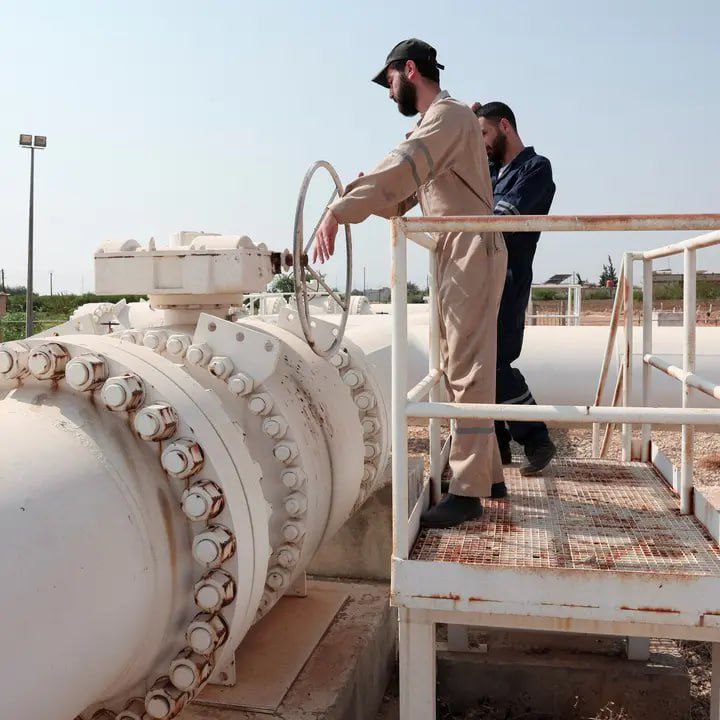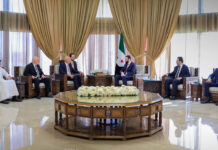 American and German industrial giants are in advanced discussions with Syria to supply gas turbines for a massive seven-billion-dollar project aimed at restoring the country’s war-damaged energy sector. The talks involve US-based GE Vernova and Germany’s Siemens Energy and come as part of a broader international effort to rehabilitate Syria’s critical infrastructure after fourteen years of conflict.
American and German industrial giants are in advanced discussions with Syria to supply gas turbines for a massive seven-billion-dollar project aimed at restoring the country’s war-damaged energy sector. The talks involve US-based GE Vernova and Germany’s Siemens Energy and come as part of a broader international effort to rehabilitate Syria’s critical infrastructure after fourteen years of conflict.
The turbine supplies are intended for a landmark agreement signed in May 2025 between the Syrian government and a subsidiary of Qatar’s UCC Holding, Power International. The deal includes the construction of four combined-cycle gas turbine power plants with a combined capacity of nearly 4,000 megawatts, in addition to a 1,000-megawatt solar power plant. It is one of the largest energy-sector investments since the beginning of the war.
Billions in Foreign Investment Pour In
The involvement of Western firms signals a significant economic shift. In July, Jonathan Bass, CEO of liquefied natural gas company Argent, announced that his firm, working alongside other American companies including Baker Hughes and Hunt Energy, is developing a comprehensive plan to renovate Syria’s oil, gas, and electricity generation sectors. This partnership marks the first major engagement of US companies in Syria after years of sanctions and isolation, reflecting a potential turning point in Syria’s re-entry into the global economy.
The energy projects are part of a broader influx of foreign investment secured by Damascus. In August 2025, Syria signed a series of investment memoranda for twelve strategic projects valued at almost fourteen billion dollars. These agreements included a four-billion-dollar contract with a Qatari company to build a new airport in Damascus, a two-billion-dollar metro system for the capital funded by an Emirati investment authority, and two billion dollars in residential and commercial tower developments with an Italian firm. Additional Saudi agreements worth 6.4 billion dollars targeted new energy and port projects.
During a recent dialogue session in Idlib, President Ahmad al-Shara announced that Syria had attracted 28.5 billion dollars in foreign investment during the first seven months of 2025 alone. He predicted that the figure would surpass 100 billion dollars by the end of the year, describing this momentum as the foundation for launching reconstruction and creating new job opportunities.
This surge in foreign investment stands in stark contrast to the decades under the ousted Assad regime, which remained in power until 2024. For years, Syria’s economy operated under rigid state-directed systems and centralized five-year plans. The former government discouraged foreign investment, viewing it as a threat to political and economic control, which kept Syria closed to global capital for decades.
Today, a changing political landscape is enabling a broader economic opening. The country is turning to Arab and Western partners to rebuild its energy and infrastructure sectors, signaling the beginning of a new chapter in Syria’s reintegration into regional and global markets.









